In Pictures: Five Mainstream Gaming Cases, Previewed
We put out feelers for mainstream gaming cases priced between $80 and $120 and were surprised to receive 15 submissions. Today we cover the first five, giving you a virtual tour of each enclosure's features before our in-depth review later this week.
Behind The Mana 136
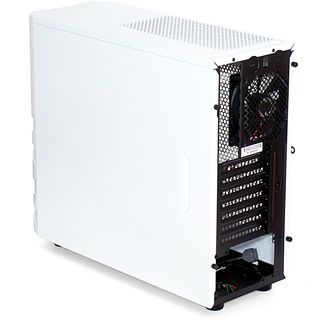
A single sheet-steel strap is able to secure a full set of cards within the Mana 136, though threaded holes beneath it provide a tighter hold on slot brackets and other wiggly items. We only found one spare screw in the installation kit.
Two knock-out plugs add ingress and egress for external liquid coolers, while an unplugged oval hole between those allows simultaneous cable pass-through.
Mana 136 Cable Management
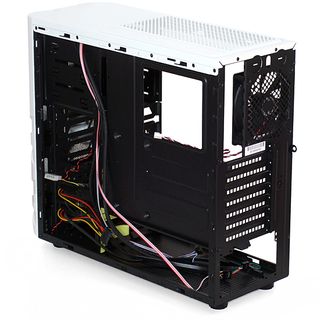
A lack of cable management space within the Mana 136 reminds us of why we were so happy when this concession for usability started appearing in competing products long ago. Outward-rolled edges on the motherboard tray prevent all but the thinnest cables from fitting behind the motherboard, and the tray lacks cable access holes.
Mana 136 Backplanes
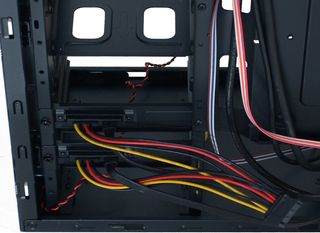
Two single-drive backplanes support 3.5” drives directly, since the drive cage itself uses nothing more than specially-shaped screw heads as drive slides. In Win adds eight holes to the Mana 136's bottom panel to support a pair of 2.5” drives.
Mana 136 Filtration
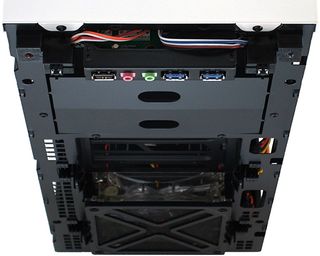
In Win Style is an added-feature brand, and the Mana 136 shows this with removable dust filters on the intake fan and under the power supply. The case must be flipped on its side to remove the power supply filter, though.
Mana 136 Radiator Support
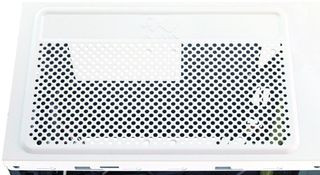
Keen observers will notice eight holes that differ slightly from the Mana 136’s remaining top-panel ventilation. These holes support two 120 mm fans, which may also allow the case to support some twin-fan radiators. The mounts are offset to the case’s open side for additional motherboard clearance.
MSI Interceptor Series Stealth
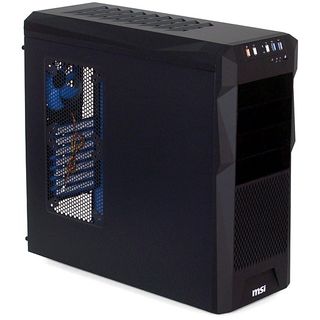
MSI’s Steath provides more external bays and ports than most of its close competitors, yet without a noticeable increase in size or price. Angular edges add some flair to an otherwise-stealthy design.
Stay On the Cutting Edge: Get the Tom's Hardware Newsletter
Get Tom's Hardware's best news and in-depth reviews, straight to your inbox.
Stealth Ports
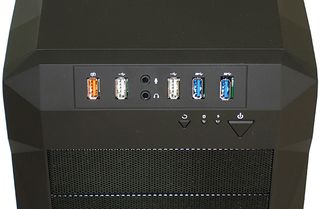
USB 2.0 and two USB 3.0 ports are angled slightly upward for easier access in floor-standing installations. A fifth USB connector is colored differently to designate its function as a charging port.
Inside The Stealth
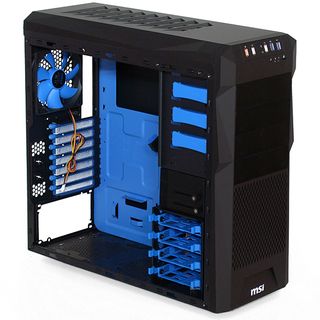
Several blue components stand out against the inside of an otherwise all-black Stealth, which is designed to support four hard drives (3.5” or 2.5”), as well as four optical drives. Two adjustable VGA Stabilizer brackets are found between hard drive and optical drive cages.
Behind The Stealth
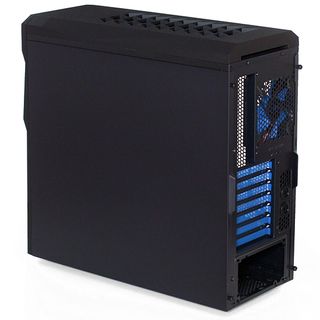
The Stealth includes a single 120 mm fan and two grommeted holes on the back panel. Blue mesh slot covers increase ventilation and style.
Stealth Stow
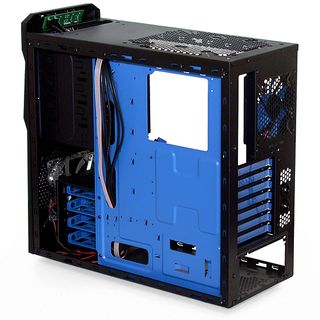
MSI designed the Stealth’s motherboard tray specifically to ease cable pass-through, though the thickness of this space is barely adequate for a 24-pin power lead. Rolled edges on internal passage holes prevent cable cutting, while rolled edges on the CPU cooler support plate access hole prevent the same type of damage to your hands.
Most Popular







